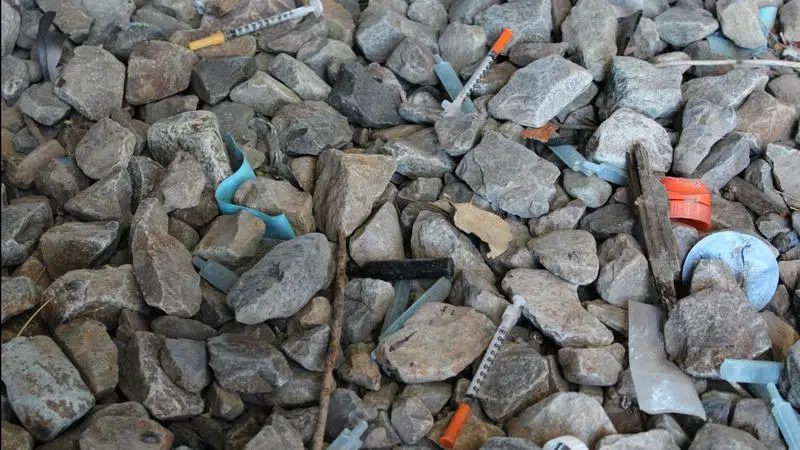
Opioid related deaths down province-wide, but continue to climb in South Zone
LETHBRIDGE, AB – While the number of fentanyl and carfentanil-related deaths appear to be decreasing in areas like Calgary and Edmonton, that is not the case in the South Health Zone, which includes Lethbridge.
According to the Alberta Opioid Surveillance Response Report, in the first three months of 2019 (Jan. 1-Mar. 31), there were 54 fentanyl related deaths in Calgary, compared with 82 in the first quarter of 2018. In Edmonton there were 36 in Q1, compared with 47 during the same time a year prior.
 Q1 2019 Accidental fentanyl related deaths
Q1 2019 Accidental fentanyl related deathsIn Q1 in the South Health Zone (which includes Lethbridge), there were 16 deaths, compared with 13 in the Q1 2018, and four during the same time period in 2017.





